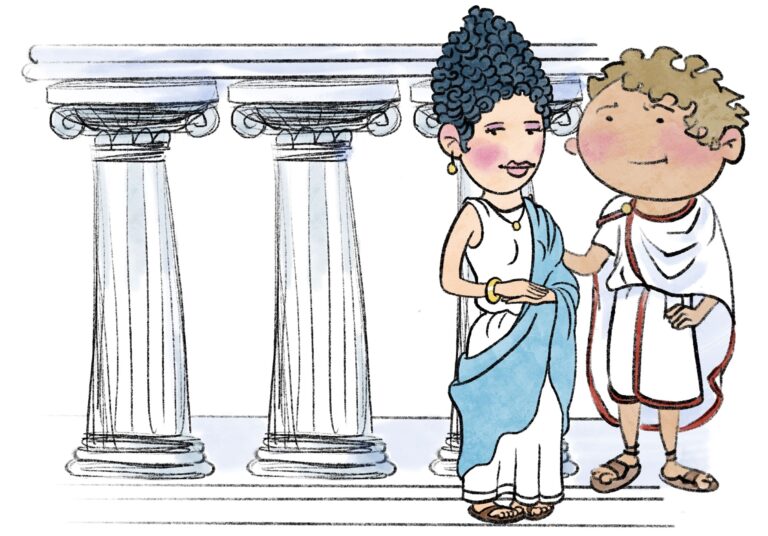Understanding Long English Sentences

Students often ask for help with long, complicated sentences. Sometimes, they need to understand presentation scrpits, meeting transcripts, news articles, etc. Unfortunately, the content can be a bit complicated. Other times, students want to use more sophisticated English in their professional lives.
With that in mind, in this post, we’ll look at some examples to help with long English sentences.
1. Simple Sentences
Simple sentences usually have a subject, verb, and object or compliment.
• Mariko bought coffee.
• Antonio looks great.
It’s still a simple sentence when we add details.
• Last Friday, my coworker Mariko bought large cappuccinos for everyone in the office.
• Your older brother Antonio looks great in his new Halloween costume.
Tip
Add details to make sentences more interesting. Take details away to make them easier to undersand.
2. Compound Sentences
Put two or more simple sentences together to make a compound sentence! We usually use conjunctions to join them.
• Mariko bought coffee, and I got tea.
• Antonio looks great, but he seems nervous.
Notice that both clauses are independent.
3. Complex Sentences
Complex sentences have an independent clause and one or more dependent clauses. Usually, dependent clauses are hard to undersand when they are alone:
• but spilled it. = What?
• Mariko bought coffee, but spilled it on Antonio who looks really angry! = Oh no!!
Practice
Look at the example sentences below. Which words will you remove to make them easier to understand?

Scientists say a 2,000-year-old Roman funerary urn which was discovered in southern Spain contains the oldest liquid wine ever found.
Scientists say a 2,000-year-old Roman funerary urn which was discovered in southern Spain contains the oldest liquid wine ever found.
Discovered during home renovations at a property in Carmona in 2019, the contents of the urn were analyzed by a team of scientists from the University of Cordoba in a study which was published on Monday.
Discovered during home renovations at a property in Carmona in 2019, the contents of the urn were analyzed by a team of scientists from the University of Cordoba in a study which was published on Monday.
Study lead author José Rafael Ruiz Arrebola, a professor of organic chemistry at the university, told CNN that the urn contained cremated remains, burned ivory thought to come from a funeral pyre, and around 4.5 liters (1.2 gallons) of reddish liquid.
Study lead author José Rafael Ruiz Arrebola, a professor of organic chemistry at the university, told CNN that the urn contained cremated remains, burned ivory thought to come from a funeral pyre, and around 4.5 liters (1.2 gallons) of reddish liquid.
What's next?
When is your next class?
Try bringing an article or story to class that you are interested in. Better yet, write your own entry. Show your teacher that you understand the points in this post!
By the way, these sentences came from an interesting article on CNN. I made very slight changes to make a few points in the sentences easy to understand. Check it out! It’s a really neat story!


